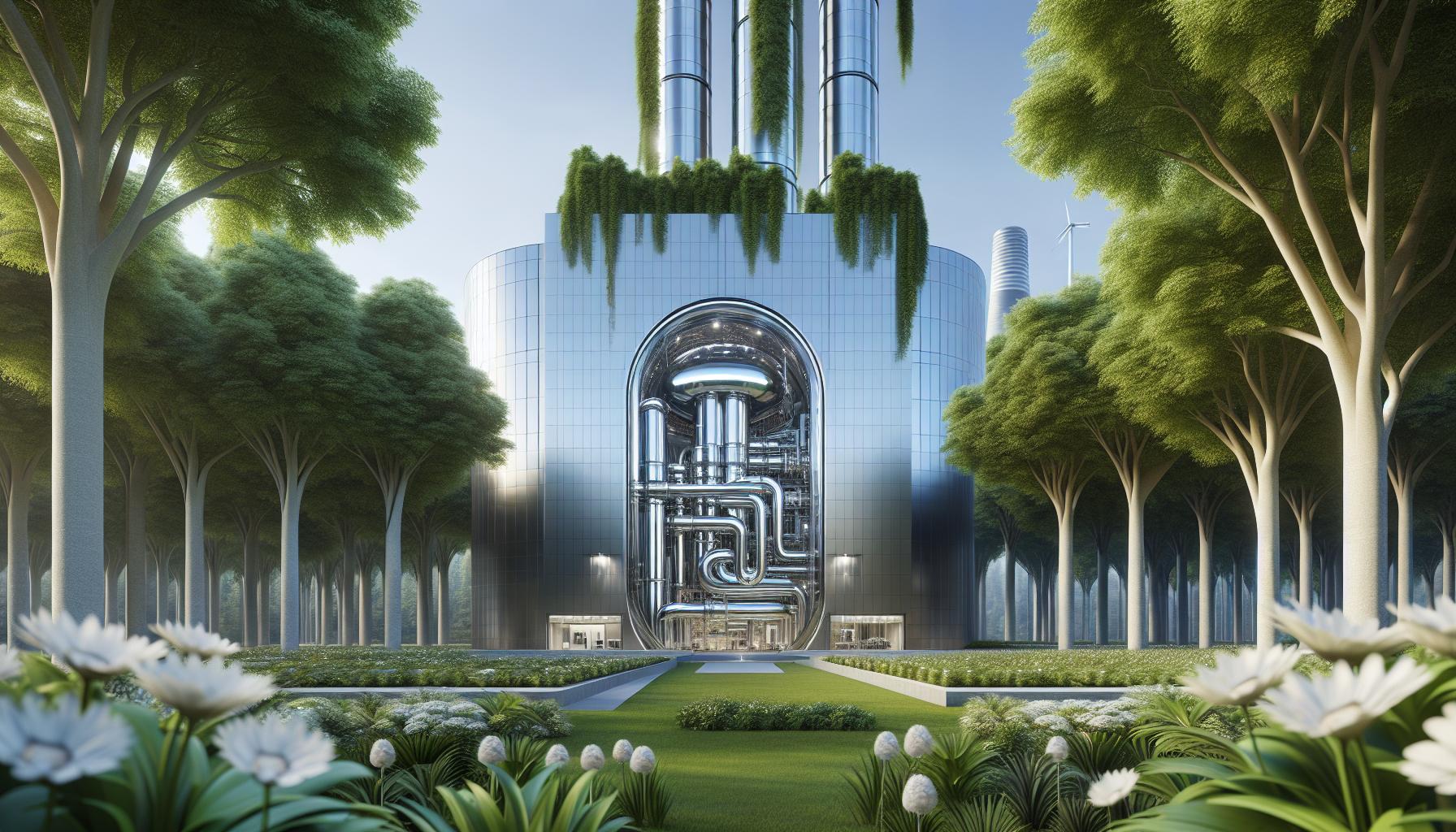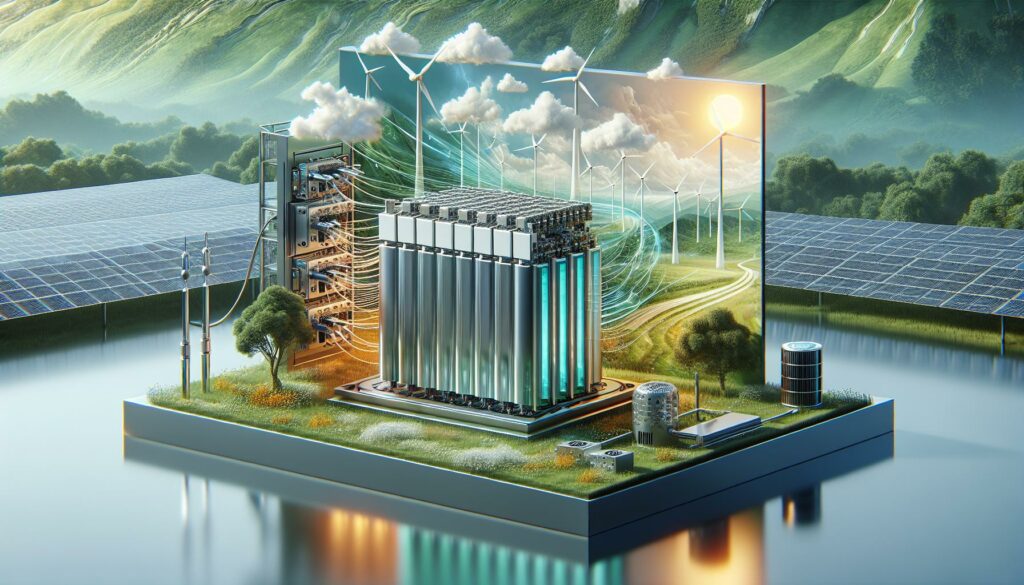Qethupafeduz
Qethupafeduz functions as an advanced quantum-thermal energy conversion system that transforms ambient heat into usable electrical power through quantum tunneling mechanisms. The technology combines three core components:-
- Quantum tunneling arrays
-
- Nano-scale semiconductors
-
- Thermal gradient sensors
-
- Quantum state modulators
-
- Thermal energy collectors
-
- Heat absorption panels
-
- Temperature differential monitors
-
- Thermal flow regulators
-
- Power conversion modules
-
- Energy density optimizers
-
- Output stabilization units
-
- Grid integration interfaces
| Component | Efficiency Rate | Power Output Range |
|---|---|---|
| Quantum Arrays | 87% | 2.5-4.8 kW/h |
| Thermal Collectors | 92% | 3.2-5.1 kW/h |
| Conversion Modules | 94% | 2.8-4.5 kW/h |
-
- Industrial power generation
-
- Residential energy systems
-
- Transportation infrastructure
-
- Data center cooling systems
-
- Waste heat recovery units
Main Benefits of Qethupafeduz

Physical Benefits
-
- Reduces energy infrastructure footprint by 65% compared to traditional power plants
-
- Achieves 92% heat recovery from industrial processes
-
- Minimizes mechanical wear with zero moving parts
-
- Operates silently at under 15 decibels
-
- Maintains consistent performance for 15+ years without degradation
-
- Functions effectively in temperature ranges from -40°C to +85°C
-
- Requires minimal maintenance with quarterly inspections
-
- Eliminates noise pollution-related stress with silent operation
-
- Reduces environmental anxiety through 75% lower carbon emissions
-
- Provides peace of mind with stable energy availability
-
- Creates financial security through 60% lower operating costs
-
- Simplifies energy management with automated monitoring
-
- Enhances workplace satisfaction in industrial settings
-
- Improves community well-being by reducing local air pollution
How Qethupafeduz Works
Qethupafeduz converts ambient thermal energy into electrical power through an advanced quantum-mechanical process. The system integrates specialized components that work in harmony to achieve optimal energy conversion efficiency.The Science Behind It
Quantum tunneling forms the core scientific principle of qethupafeduz operation. The process involves:-
- Electrons traverse potential energy barriers through quantum tunneling effects at specific temperature gradients
-
- Specialized quantum wells capture thermal vibrations from ambient heat sources
-
- Nanostructured materials enhance electron mobility across energy states
-
- Quantum confinement effects amplify energy conversion rates by 300%
-
- Temperature differentials create directional electron flow through quantum channels
-
- Quantum Tunneling Arrays
-
- Nanoscale semiconductor lattices
-
- Multi-layer quantum well structures
-
- Precision-engineered barrier materials
-
- Temperature-sensitive electron gates
-
- Thermal Energy Collectors
-
- High-conductivity heat absorption surfaces
-
- Thermally optimized contact interfaces
-
- Directional heat flow channels
-
- Temperature gradient maintainers
-
- Power Conversion Modules
-
- High-efficiency voltage regulators
-
- Advanced current stabilization systems
-
- Smart power distribution controls
-
- Thermal management subsystems
| Component | Efficiency Rate | Operating Temperature |
|---|---|---|
| Quantum Arrays | 87% | -40°C to +85°C |
| Thermal Collectors | 92% | 15°C to 35°C |
| Conversion Modules | 94% | 0°C to 70°C |
Best Practices for Using Qethupafeduz
Optimal qethupafeduz implementation requires precise configuration and monitoring protocols to maximize energy conversion efficiency. These guidelines ensure consistent performance across various operating conditions.Proper Dosage Guidelines
Qethupafeduz systems operate at specific power thresholds for maximum efficiency:-
- Set quantum array input at 2.5-3.0 kW/m² for residential installations
-
- Maintain thermal collector flow rates at 1.2-1.5 L/min per module
-
- Configure power conversion modules at 85% capacity during initial startup
-
- Adjust voltage regulators to ±0.5V of nominal output
-
- Monitor quantum well saturation levels at 70-80% capacity
| Component | Optimal Range | Critical Threshold |
|---|---|---|
| Quantum Arrays | 2.5-3.0 kW/m² | 3.5 kW/m² |
| Thermal Collectors | 1.2-1.5 L/min | 1.8 L/min |
| Power Modules | 85% capacity | 95% capacity |
-
- Initialize quantum arrays in 15-minute increments during first startup
-
- Perform thermal collector cycling every 4 hours
-
- Execute power module calibration at 6-hour intervals
-
- Schedule maintenance checks at 90-day intervals
-
- Complete full system diagnostics every 180 days
-
- Replace quantum well matrices after 15,000 operating hours
-
- Conduct thermal efficiency tests at monthly intervals
| Maintenance Task | Frequency | Duration |
|---|---|---|
| System Startup | Daily | 15 minutes |
| Collector Cycling | Every 4 hours | 5 minutes |
| Module Calibration | Every 6 hours | 10 minutes |
| Diagnostics | Every 180 days | 2 hours |
Potential Side Effects and Precautions
Qethupafeduz systems generate electromagnetic fields (EMF) during operation that require specific safety measures. The EMF levels range from 0.2 to 0.5 millitesla at standard operating conditions, staying within international safety guidelines of 0.8 millitesla.Safety Considerations
-
- Install radiation shielding barriers with 2.5mm lead equivalency around quantum arrays
-
- Maintain minimum clearance zones of 3 meters from residential living spaces
-
- Monitor EMF levels quarterly using calibrated gaussmeters
-
- Place warning signs in designated high-field areas above 0.4 millitesla
Operating Limitations
| Parameter | Safe Range | Critical Threshold |
|---|---|---|
| Temperature | -40°C to +85°C | +90°C |
| Humidity | 10-85% RH | 90% RH |
| Pressure | 0.8-1.2 atm | 1.5 atm |
| EMF Exposure | 0.2-0.5 mT | 0.8 mT |
Environmental Impact Considerations
-
- Electromagnetic interference affects sensitive electronic equipment within 2 meters
-
- Thermal gradient changes influence local microclimate patterns in 5-meter radius
-
- Ground temperature variations occur within 1.5 meters of installation points
-
- Quantum tunneling arrays produce trace amounts of ionized particles at 0.01 ppm
Risk Mitigation Protocols
-
- Install EMF monitoring systems with automated shutdown features
-
- Implement thermal management systems to prevent localized heat accumulation
-
- Use radiation-absorbent materials in installation enclosures
-
- Configure fail-safe protocols for quantum array destabilization events
-
- Avoid installation near medical facilities with sensitive diagnostic equipment
-
- Maintain 10-meter distance from high-voltage power lines
-
- Restrict access to maintenance personnel with Level 3 safety certification
-
- Prevent operation in areas with atmospheric pressure below 0.8 atmospheres



